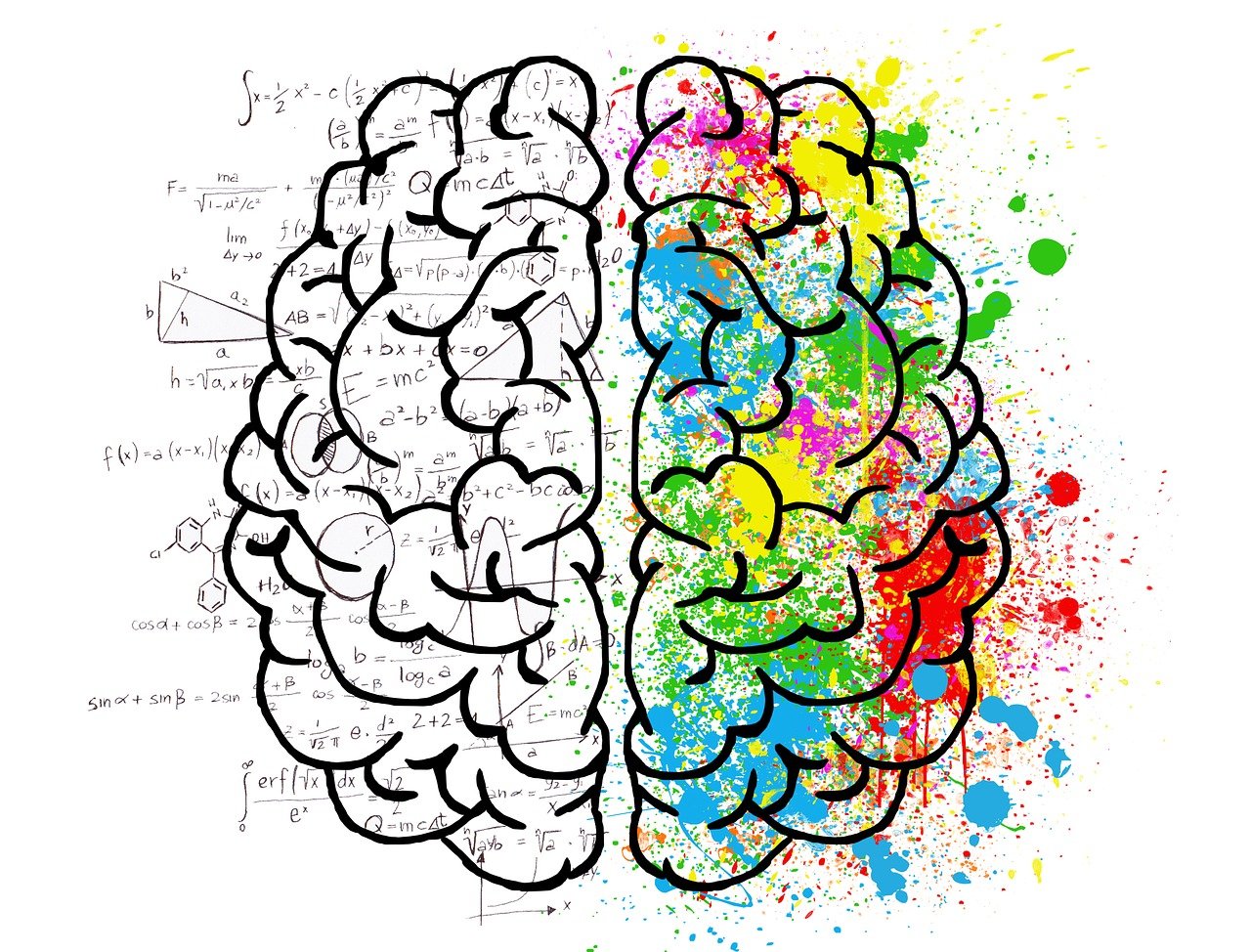
For decades, popular culture has painted a picture of two distinct brains residing within one skull: the analytical, logical "left brain" and the creative, artistic "right brain." This simplified view, though catchy, doesn't quite capture the remarkable complexity of the human brain.
The Myth of Dominance:
The concept of a dominant brain hemisphere often leads to personality stereotypes, with people categorized as "left-brained" or "right-brained" based on their perceived strengths. However, this is an oversimplification.
The Reality of Specialization:
The brain's two hemispheres, the left and right, do exhibit some functional specialization. Here's a breakdown of their typical roles:
Collaboration is Key:
While these specializations exist, it's important to remember that the brain hemispheres don't operate in isolation. They communicate extensively through a network of nerve fibers called the corpus callosum. This constant collaboration allows for:
Beyond Left and Right:
The human brain is far more intricate than a simple left-right dichotomy. Recent research suggests that other brain regions, beyond the hemispheres, play crucial roles in various cognitive functions. Additionally, the way our brain functions is influenced by factors like genetics, environment, and personal experiences.
Conclusion:
The concept of a dominant brain hemisphere is a popular myth. While the left and right hemispheres do have some specialized functions, they work together seamlessly to create the rich tapestry of human experience. Understanding this collaboration is essential for appreciating the incredible capabilities of the brain.
Your email address will not be published. Required fields are marked *














